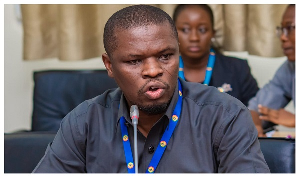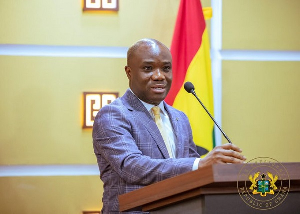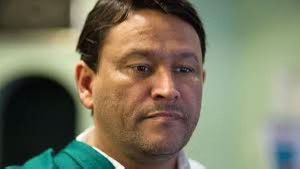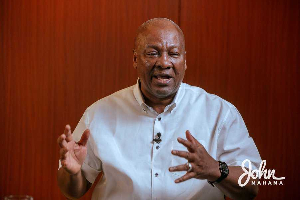Accra, April 16, GNA - Mr. Matthew Dally, National Programme Coordinator of the International Labour Organization (ILO), on Monday said over 1.2 million people, representing 20 per cent of children in Ghana, were engaged in child labour.
He said 57 per cent of these children were engaged in the areas of agriculture, with 20.7 per cent in hunting and forestry, while the rest were used as general workers such as porters, truck pushers and drivers' mates.
Speaking to the Ghana News Agency (GNA) in Accra, Mr Dally said over 91 per cent of parents of those children were alive, which indicated that parental neglect was a major cause of child labour in Ghana.
He said the definition of child labour was classified as children's work which had the tendency to disrupt their education, harm their health or general development of the child. Mr Dally noted that not all work was harmful to children, adding that, light work could be an essential part of a child's socialization and development process.
He said through a carefully monitored work experience, young people could acquire the right skills to become useful members of their communities and could gain the traditional skills that were transmitted from parents to children. Mr. Dally said the illegal employment of young children and girls in particular was alarming, adding that the younger the children, the more vulnerable they were to hazards at workplace and to economic exploitation.
He said the situation of the girl-child deserved particular attention due to the nature of their work and the conditions under which they worked.
Mr Dally said much of their work, such as domestic service, was hidden from public view, and this was a major sector of employment with the child frequently exposed to violence and sexual abuse. He said the consequences of child labour could prove costly such as denial of children their rights, personal, physical, psychological and emotional disturbances, poverty and high dependency rates in the family and its effects on the economy. He called for the use of education as a way of addressing the issue of child labour in the country.
General News of Monday, 16 April 2007
Source: GNA
















